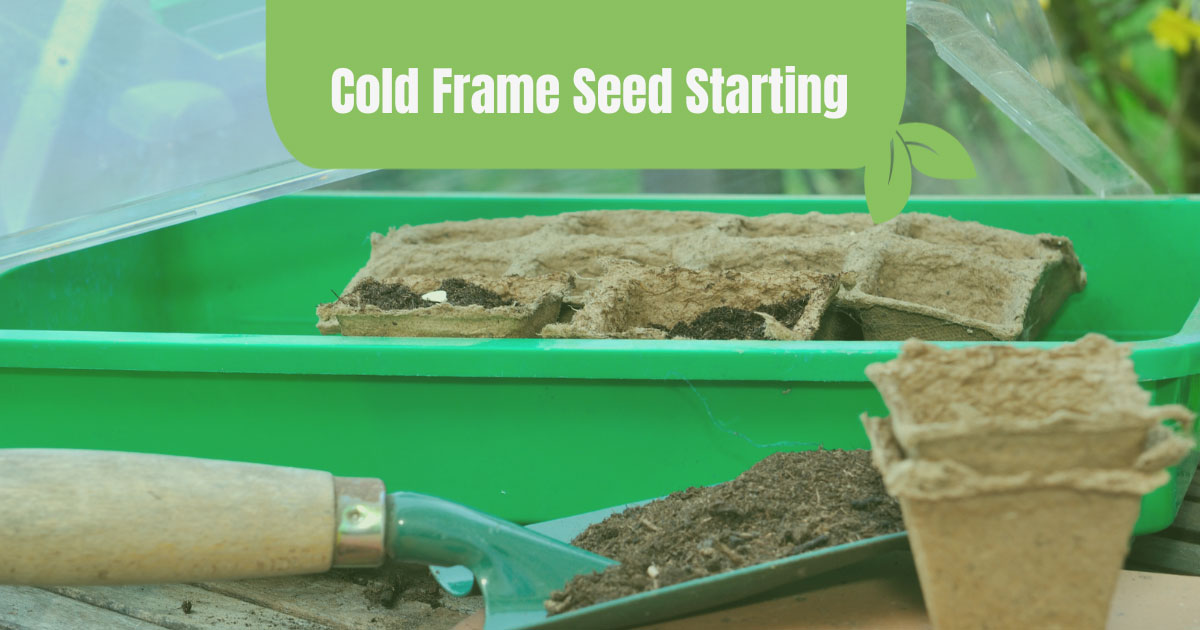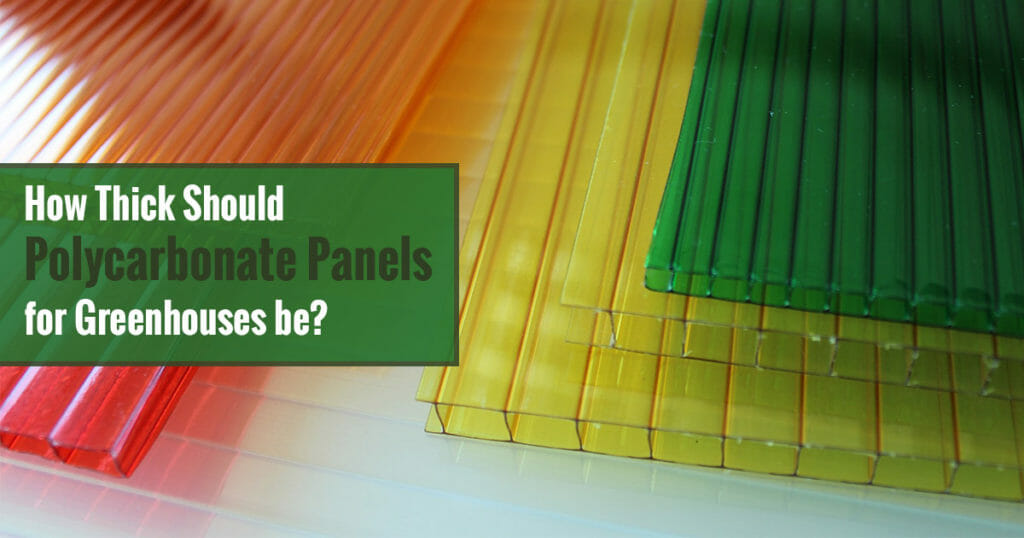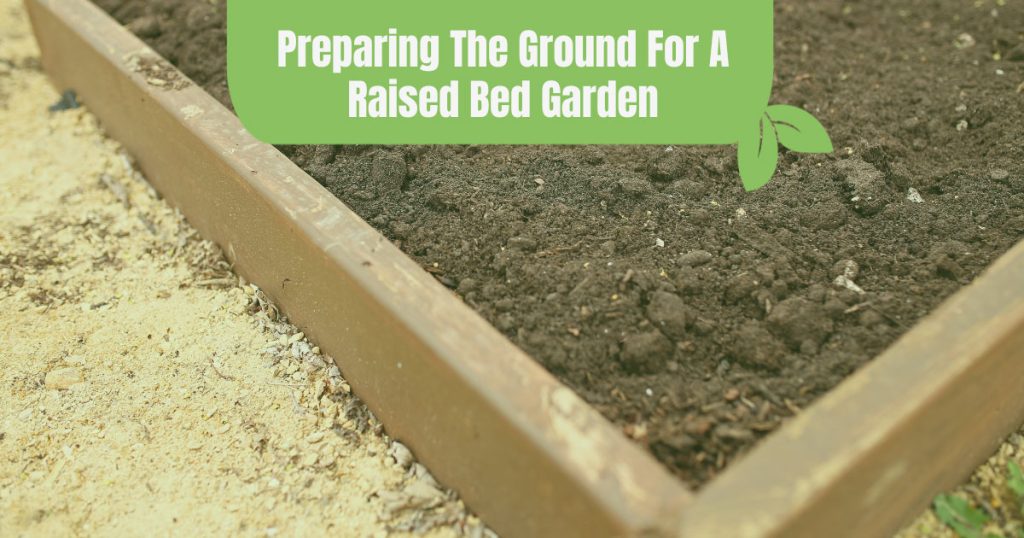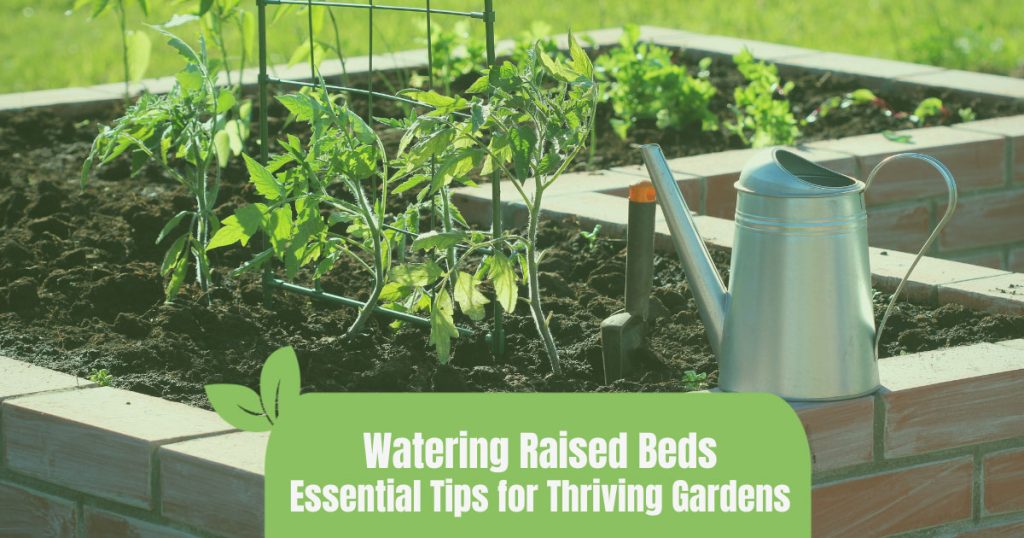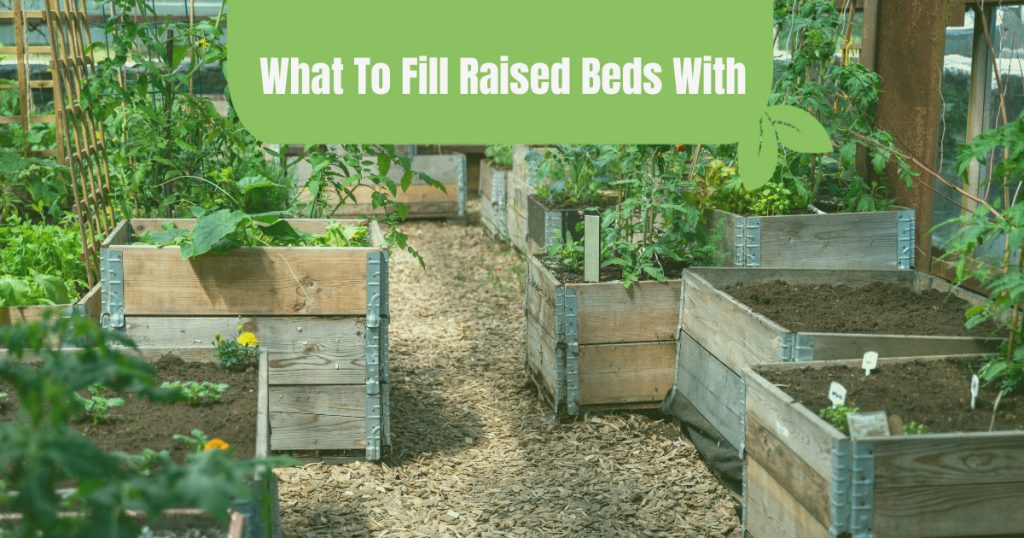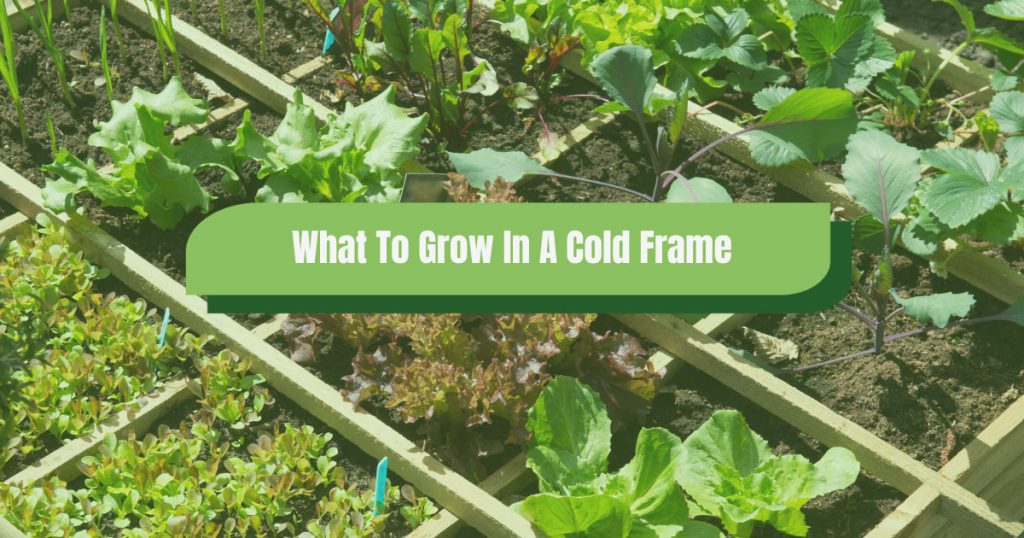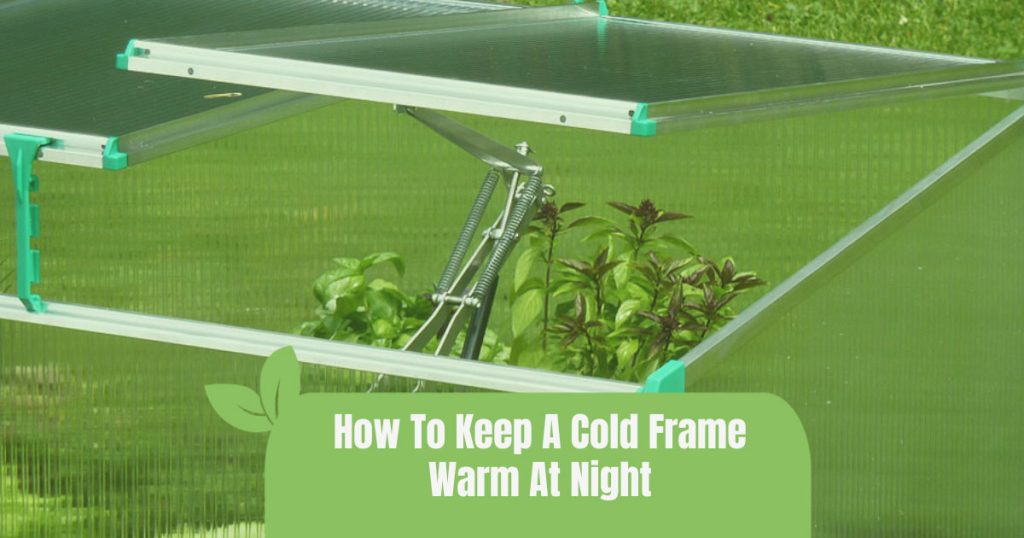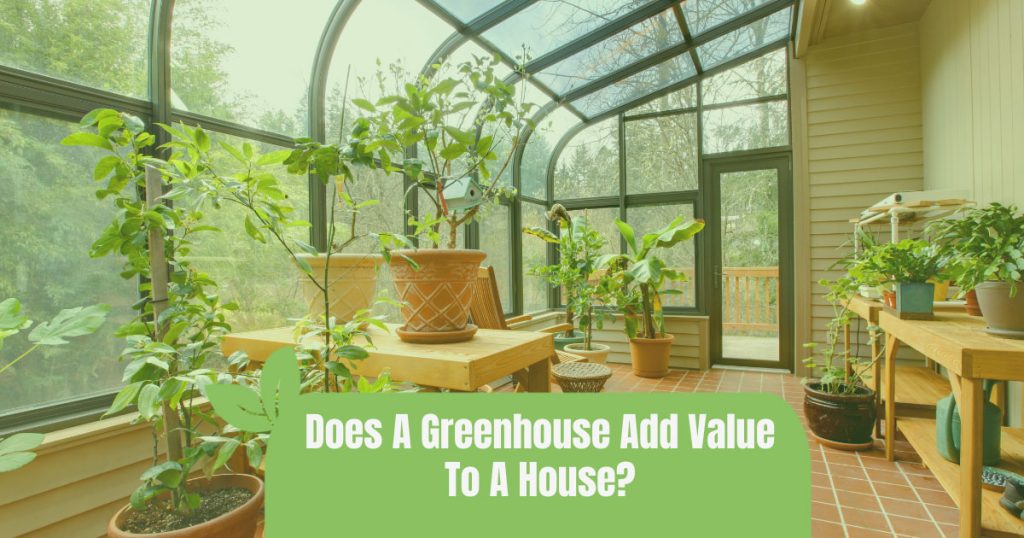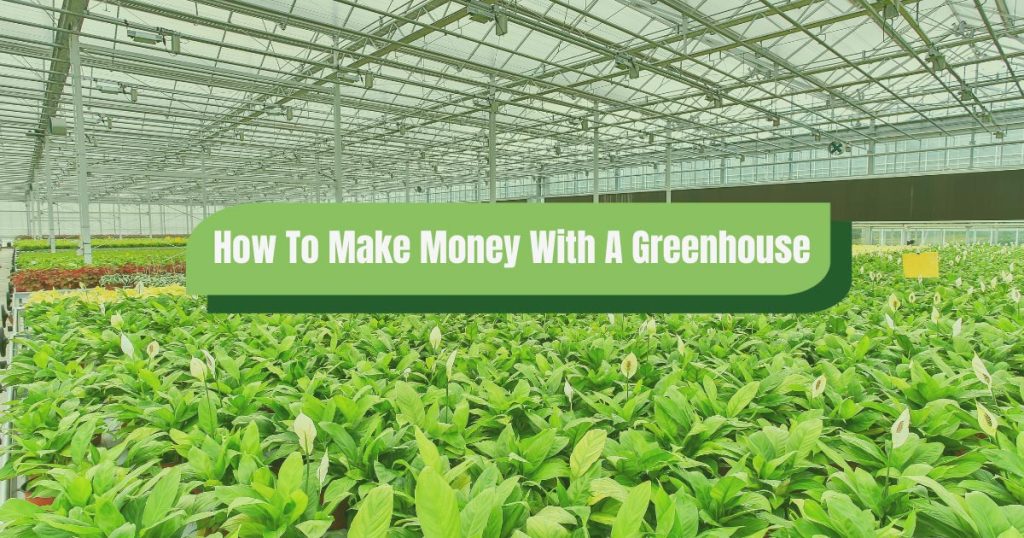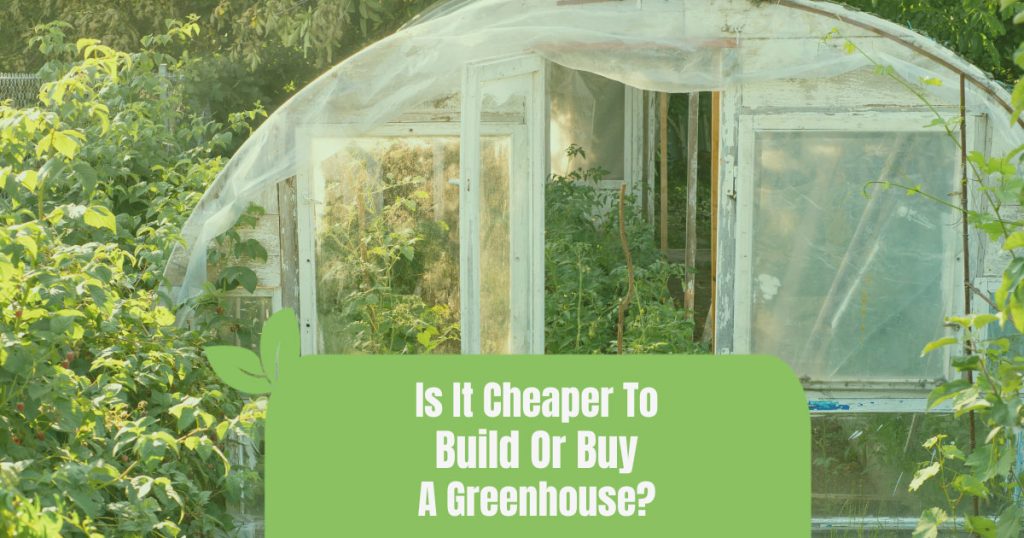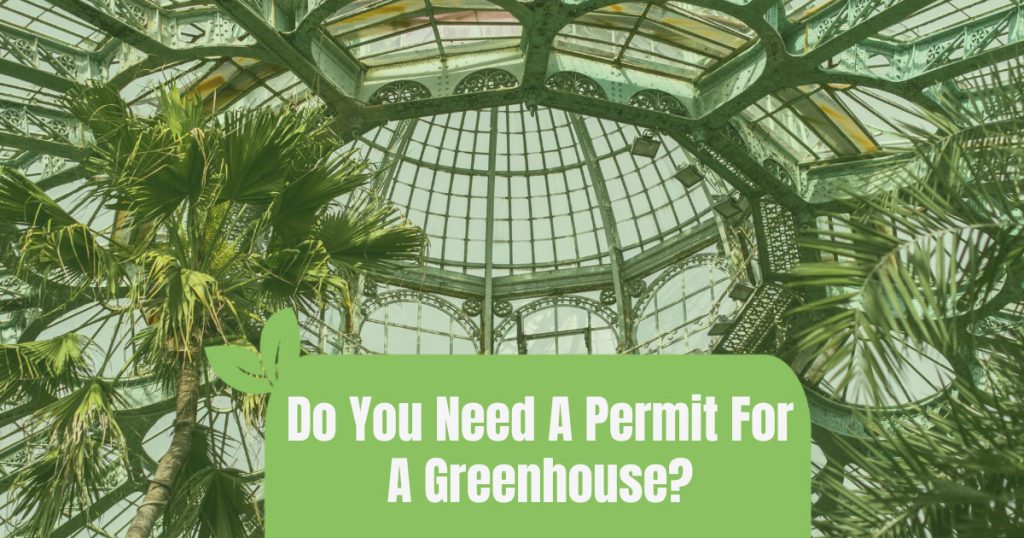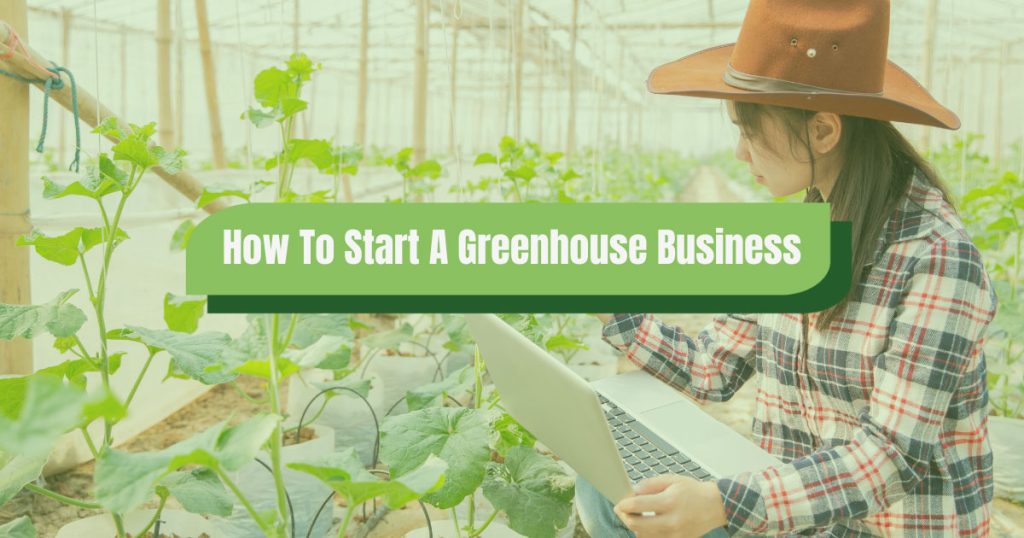Cold frame seed starting is a game-changer for gardeners eager to get a head start on the growing season. This method harnesses the simplicity of a cold frame to create a nurturing microclimate, ideal for germinating seeds and nurturing young seedlings.
In this guide, we delve into the essentials of using a cold frame for seed starting, from the optimal timing and preparation steps to the nuances of transplanting robust seedlings into your garden.
Along the way, we’ll also tackle common challenges and share practical solutions to ensure your gardening efforts flourish. With years of experience and a passion for all things green, we’re here to share insights that promise to enrich your gardening journey.
Can you start seeds in a cold frame?
Certainly, cold frame greenhouses, especially those in our collection, provide an ideal setting for seed germination, acting as a protective haven that shields tender seeds from the unpredictable elements.
In our experience, this method leverages the gentle warmth and stable conditions within the cold frame, encouraging seeds to embark on their growth journey with confidence.

It’s a straightforward yet effective approach to kick-start your garden, ensuring seeds develop into vigorous seedlings ready for the next phase of growth.
When to Start Seeds in a Cold Frame
The timing for initiating seeds in a cold frame is crucial and should be approached with precision. Our extensive trials and expert consultations have led us to recommend beginning approximately 6 weeks before the anticipated final frost of the season.
After testing it out ourselves, we’ve found that this strategic timing provides seedlings with a significant advantage, fostering robust growth that prepares them for a seamless transition to outdoor life as soon as the climate becomes more hospitable.
Factors to consider
- Local Climate: Your local frost dates are your calendar for cold frame gardening.
- Seed Requirements: Some cold frame crops are early risers, while others prefer a bit more time under the covers.
- Cold Frame Conditions: Keep an eye on the microclimate inside your cold frame; it should be just right – not too hot, not too cold. Heating a cold frame in colder climates is a good idea.
How to Start Seeds in a Cold Frame
Embarking on the journey of starting seeds in a cold frame sets the stage for a thriving garden. Each step in the process is pivotal, designed to optimize the conditions for your seeds to germinate and grow into healthy seedlings:
Step 1: Choose your location wisely
Selecting the right spot for your cold frame is foundational. Aim for an area that receives ample sunlight throughout the day, with a preference for southern exposure to maximize the warmth and light during the cooler months.
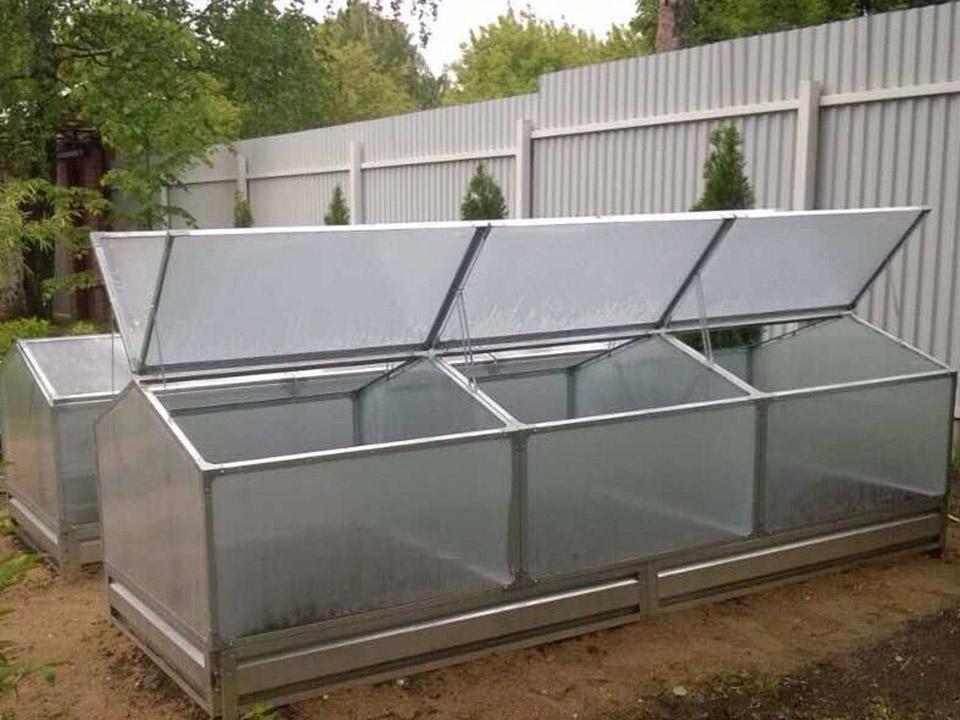
Equally important is ensuring the site has effective drainage to prevent water accumulation, which could harm the developing seedlings. A well-drained, sunny location creates the ideal microclimate inside your cold frame.
Step 2: Prepare your soil
The soil within your cold frame should be fertile and rich in organic matter to support seed germination and growth. Incorporate a generous amount of compost or a balanced soil amendment to enhance the nutrient content and structure of the soil.
This step ensures your seeds have access to the essential nutrients they need from the very start, promoting vigorous growth and a strong root system.
Step 3: Sow your seeds
Sowing your seeds with care involves understanding their unique requirements. Depth is crucial, as some seeds thrive when planted just below the surface, while others need a bit more soil cover to germinate effectively.
Space your seeds appropriately to prevent overcrowding, allowing each seedling enough room to grow without competition for light, nutrients, and air.
Step 4: Water wisely
Watering your seeds correctly is a delicate balance. The goal is to maintain soil moisture at a level that encourages germination without causing waterlogging, which can lead to root rot and other issues.
A gentle, consistent watering approach keeps the soil evenly moist, mimicking the refreshing effect of a light dew.
Step 5: Monitor and adjust
Regular monitoring of your cold frame’s internal environment is essential. Pay close attention to temperature fluctuations and humidity levels, adjusting the ventilation as needed to maintain optimal growing conditions.
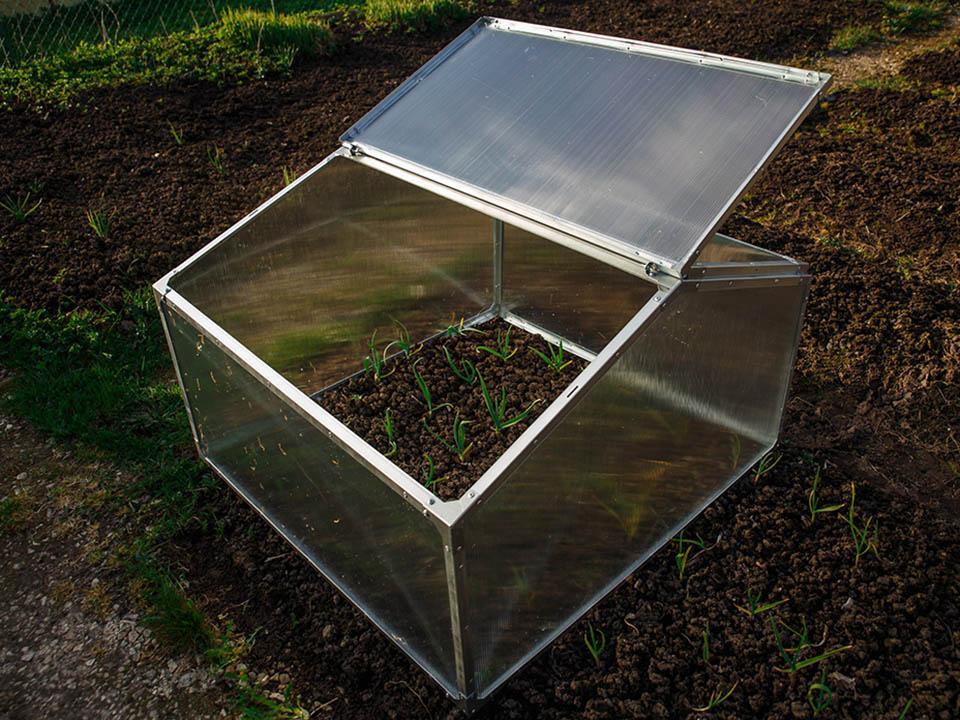
On warmer days, slightly opening the cold frame can prevent overheating and ensure adequate air circulation, promoting healthy growth and preventing disease.
How to transplant seedlings to your garden
Transplanting seedlings from the nurturing confines of a cold frame to the garden is a significant milestone in their growth journey. This transition, when done thoughtfully and carefully, ensures that your young plants adapt well to their new environment and continue to thrive.
Step 1: Harden off your seedlings
Acclimatizing your seedlings to outdoor conditions is a critical first step in the transplanting process.
Begin by placing them outside in a sheltered, partially shaded area for a few hours each day, gradually increasing their exposure to sunlight and outdoor temperatures over a week.
This gradual introduction helps strengthen their cellular structure and reduces the shock of moving from the stable environment of the cold frame to the variable outdoor conditions.
Step 2: Prepare your garden bed
A hospitable garden bed is key to successful transplantation. Work the soil to a fine tilth, removing any weeds, stones, or debris that might impede root growth.
Enrich the soil by incorporating organic matter such as compost or well-rotted manure, which will provide essential nutrients and improve soil structure. Ensure the bed is well-drained to prevent waterlogging, which can be detrimental to young plants.
If necessary, adjust the soil’s pH according to the specific needs of the plants you are transplanting.
Step 3: Transplant with care
Handling your seedlings with the utmost care during transplantation is vital. Water the seedlings in their trays or pots before starting, as moist soil will cling to the roots, reducing stress and damage during the move.
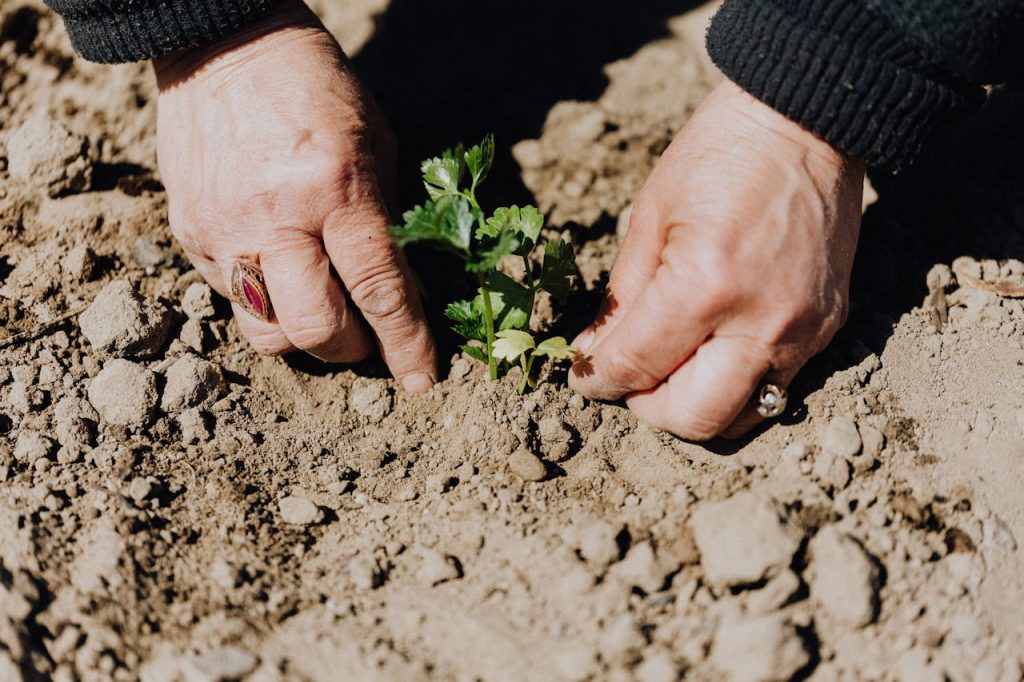
Create holes in your prepared garden bed that are slightly larger than the root ball of each seedling. Carefully remove each seedling from its container, supporting the root ball to avoid disturbing the roots.
Place each seedling in its hole at the same depth it was growing in the container, gently firming the soil around it to eliminate air pockets. Water the seedlings immediately after planting to settle the soil around the roots and provide necessary hydration.
Common issues and how to prevent them
Navigating the challenges of cold frame gardening is essential for ensuring the health and vitality of your seedlings. By understanding and addressing common issues, you can create a more resilient and productive garden:
Overheating
The compact nature of cold frames can lead to rapid temperature increases, especially on sunny days. This can stress your plants, leading to wilting or even scorching of delicate foliage.
To mitigate this, ventilate your cold frame by propping open the lid or using automatic vent openers that adjust with temperature changes. Monitoring the internal temperature regularly allows for timely adjustments, ensuring a stable environment conducive to growth.
Damping off
This fungal disease thrives in environments with high humidity and poor air circulation, attacking seedlings at the soil line and causing them to collapse. To prevent damping off, maintain moderate soil moisture through careful watering, avoiding saturation.
Enhance air circulation by spacing seedlings adequately and using a fan if necessary. From our gardening experience, we’ve found that sterilizing your soil and containers before planting can also reduce the risk of fungal pathogens.
Pest intrusions
Insects and small animals are attracted to the tender seedlings within your cold frame. To deter these unwelcome guests, cover openings with fine mesh or netting, ensuring it’s secure while still allowing for air and light penetration.

Regular inspections can help catch early signs of infestation, allowing for prompt action to remove pests or apply appropriate organic pest control measures.
Poor drainage
Waterlogged conditions can lead to root rot and other issues, stifling the growth of your seedlings. Ensure your cold frame is situated in a well-draining area or elevate it slightly to improve drainage.
Incorporating perlite or vermiculite into your soil mix can also enhance soil structure, promoting better water management.

